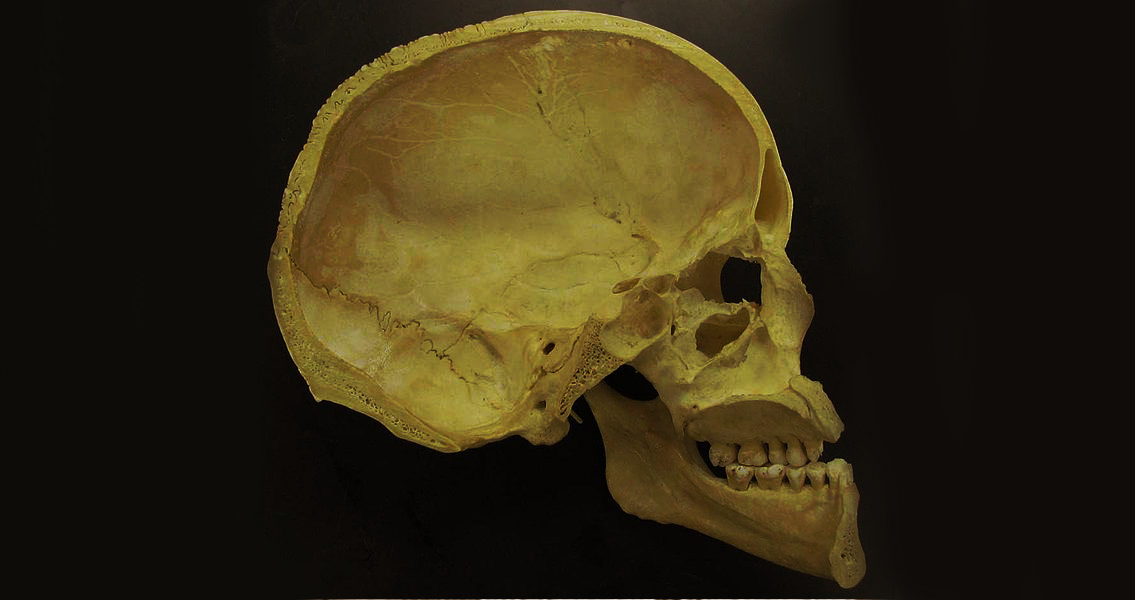<![CDATA[Researchers say that DNA reports of human skulls are shedding fresh light on Prehistoric Europe, answering questions such as when lactose tolerance and changes in skin colour occurred. Investigators added that this study surprisingly revealed that ancient Europeans began dairying thousands of years before they had developed the genes to make the most out of milk in adulthood. Scientists have come to these conclusions after examining ancient DNA taken from the skulls of 13 people in archaeological burial sites, uncovered during highway construction on the Great Hungarian Plain in Central Europe. These intersections for Western and Eastern European cultures experienced major transformations in technology and culture which are believed to have created prehistoric Europe. The bones extracted from the burial site span around 5,000 years (5,700 B.C. - 800 B.C.), covering the Stone, Copper, Bronze and Iron Ages. After many years of testing with different types of bones, the scientists found the best place to recover ancient DNA for examination in humans is the petrous bone, a triquetral bone at the base of the skull. The name of this bone comes from the Latin word "petrosus" which means 'stone-like'. The petrous is the hardest bone in the human body. It is very thick and provides a protective case for the inner ear. In a statement, the joint senior author of the study Ron Pinhasi, said that the high-proportion DNA yield from the petrous bones surpassed those from other bones by up to 183 fold. He went on to say that this gave the researchers somewhere between 12% and nearly 90% human DNA in their samples, in contrast to between 0% and 20% found in rib bones, fingers and teeth. Pinhasi also mentioned that the DNA the researchers took helped them to scientifically study the skeletons. In the statement, Pinhasi added that the findings illustrated a progression towards lighter skin pigmentation as nonlocal farmers and hunter gatherers interbred. Ron Pinhasi is an archaeologist at University College Dublin, in Ireland. The researchers also discovered that big changes in ancient technology, like the first use of hard metals such as bronze and iron or the adoption of farming, were each connected with significant influxes of new people.]]>
DNA Reports of Ancient Human Skulls Shed Light on Dairy Use
